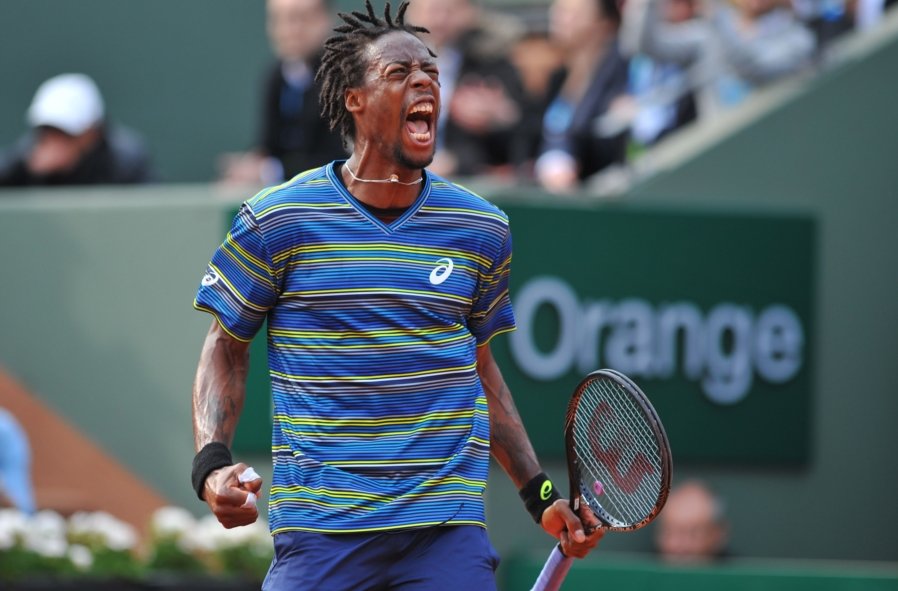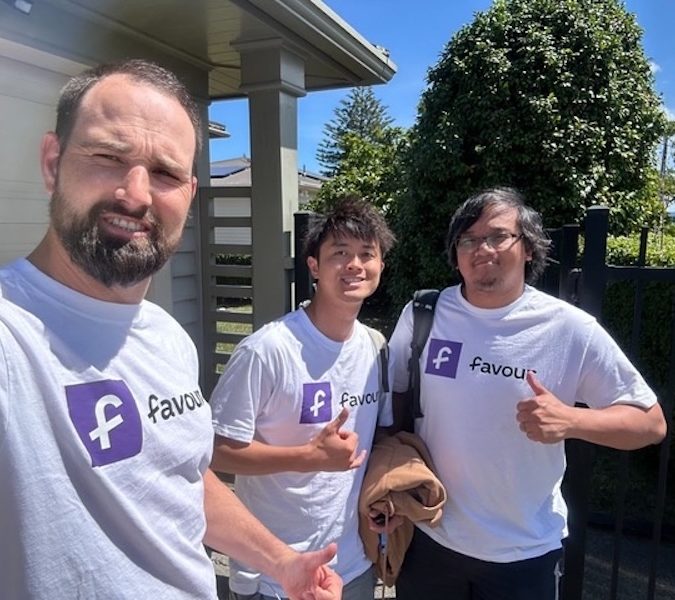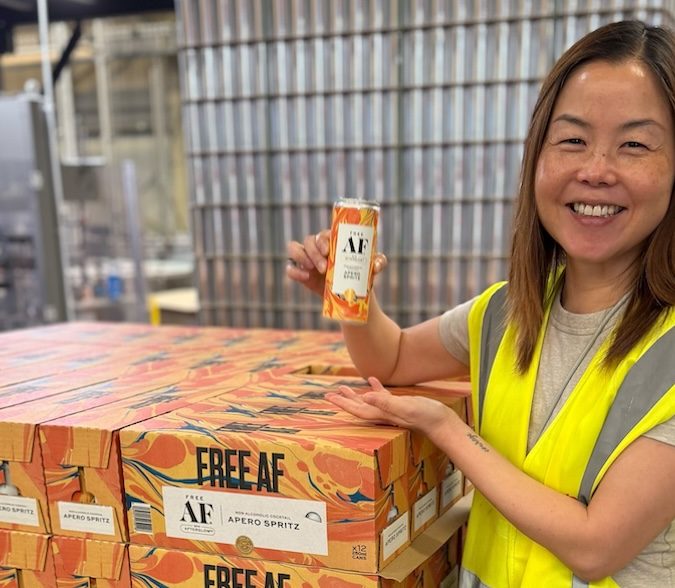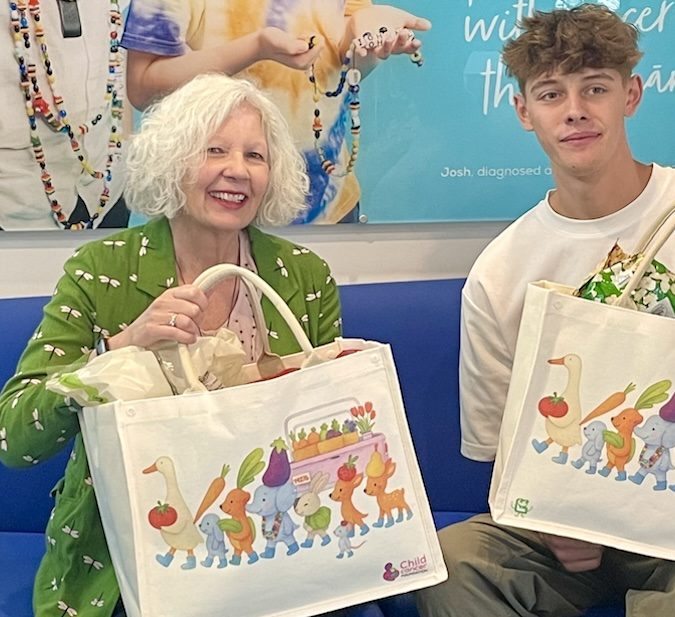Festival of Tennis 2015 makes bold statement with food, fashion and music to attract a wider audience

But he is cool about walking in the shadow of the giant in the Aussie Open and has totally embraced the opportunity for showcasing Auckland as the best warm-up session for international tennis players preparing to slug it out at the Aussie Open. Two other competing tournaments – Brisbane and Shenzhen – happen around the same time are .
Between January 5, when the women’s ASB Classic begins and January 17, when the men’s Heineken Open concludes, Budge and his team at Tennis Auckland throw their best efforts in ensuring global tennis players come away thinking that Auckland gives them the best environment to prepare for the Aussie Open – one of only four grand slams worldwide – taking place across the ditch from Jan 19 to Feb 1.
Budge says the tournament has been spruced up to exude a “cool” factor, targetting discretionary consumer spending during two crucial weeks of summer, where tennis competes with beach going, camping and other holiday events.
Over the last two years, Budge has worked on extracting more value out of commercial contracts, has lifted ticket sales, has added star appeal to the tournament, and given a festival feel to Auckland.
“I hate being told [Auckland will never be a grand slam], but in fact I get told it everyday. But that doesn’t mean we can’t act like one. I want Auckland to act the same way a grand slam does. We can be the best ATP 250 level [tournament series] on the planet, best WTA [Women’s Tennis Association] tournament on the planet, and the best event in New Zealand. We can be the place people want to be in the summer,” he told Idealog.
“Rather than trying to hide, we try to be our own event. Tennis players don’t really care much – all they are focused on is what’s happening in the two weeks after (Auckland’s tournament). So rather than hiding, we say, let’s embrace this, and say we are going to give you the best preparation for the grand slam. We are a warm-up session, what do you need to go across the Tasman in the best possible shape? Is it better access to training facilities? More cans of balls? They are pretty simple beings when it comes to this.”
Having worked at the Aussie Open, as well as at the WTA (World Tennis Association), Budge has a good sense of how to bounce his way into tennis players’ heart. This year, he has secured an impressive string of international tennis stars to play in Auckland, including 20th-ranked Venus Williams (returning), tennis golden girl Caroline Wozniacki, Sara Eranni, Sloane Stephens, and in the men’s tournament, David Ferrer, Gael Monfils, John Isner, Ernest Gulbis and Kevin Anderson among others.

Venus Williams back again

Caroline Wozniacki – tennis’ golden girl
Bloody hard
Getting Auckland on the global tennis map isn’t an easy task. Other competing events are throwing big dollars to attract players. “It is bloody hard. You are competing with a lot of money. The landscape really changed for us when Brisbane started paying $1 million [in prize money]; they also raised the ranking points [for players]. Shenzhen [in China] is paying half a million dollars, and they are paying appearance fees as well.”
Tennis Auckland negotiates the appearance fee, which varies from player to player. But while Auckland can’t pay big dollars, it can shower players with big attention, Budge says.
“We are very player focused,” he says, adding that when players were asked what was most important for them, the answers were: free internet at the hotel they were in; and additional free cans of balls for practice.
“All that stuff that used to happen, like taking them fishing around the South Island, that doesn’t matter much. We are open 12 hours here on Christmas day; the players can come and train two times per day. Little things like that – they make all the difference.”
Competing for Kiwi spend
Getting New Zealanders to flock to Auckland for a summer of tennis is even harder, given Kiwis’ strong attachment to summer as the time for jandals and togs at the beach.
To get some hard facts around how tennis ranks in terms of consumer spend, Budge relied on a piece of research done by entertainment research firm, Gemba, which handled the Aussie Open’s commercial strategy. The research found that those who paid little attention to tennis events didn’t actually hate tennis – they just loved other events better; particularly those centred mostly around music, fashion and food.
“My girlfriend is a perfect case in point. She is not a a core tennis fan but she loves fashion, loves Instagram, loves sitting in the sun and drinking Champagne. It is about getting these audiences to come to our events.”
The Festival of Tennis branding has returned good results. Instead of spectators getting purely hamburgers and chips, Budge shipped a taste of Auckland into the tennis ground. This year’s culinary lineup includes some of the best names in the restaurant business, including Masu’s Nic Watt, Sean Connolly of The Grill at Sky City, and Al Brown’s Best Ugly Bagels.
It is the best or nothing for Budge. “I am a bit of a food snob,” he says, and he wants Auckland Tennis’ tournaments to be associated with prime names in food and beverage, including the event being tied to Moet Chandon champagne.
A Naveya & Sloane diamond bracelet is being fashioned for Caroline Wozniacki’s wrist, and a Juliet Hogan dress for one of the woman players.
Commercial focus
Adding commercial value has been another priority. Last year, Auckland Tennis extracted new commercial value of about $3 million from its catering and beverage contracts. “That is staggering, not many sports organisations can boast of that. It comes down to backing your products. For us, the key change was making sure the investments versus returns were sustainable, so we can free up assets to sell to other partners.”
In the 2013-2014 season, ticket sales for the two tournaments rose 43% from the year before. This year’s 86 corporate boxes have been sold out, with prices ranging between $6,500 and $13,500 each. General ticket sales year-on-year are also on the rise.
“We are really lucky, there are lots of media reports about sports having trouble selling grandstands. We sold out 14 of the 20 sessions last year. We are ahead on ticket sales, and have launched another stand that would add 5,000 more people across the two weeks,” he says.
The latest grandstand is on the rooftop, offering an “incredible” view into the courts, and can take 250 people per session. “We made sure we had really bold statements last year – our Heinkenen Baseline After party. That demographic is perfect for us. It gives us that ‘coolness’ straight away, gives us talkability, and made us something more than just a tennis tournament.”
The ASB Classic’ is competing directly with China during the same time but China is paying twice the amount Auckland pays, Budge says.
“We would be the best performing tournament, financially, internationally. Of the 33 tournaments around our level, five are breaking even, we made profits, and we have more than doubled our profits in the last two years.”
Commercially, Auckland Tennis’ revenues were split fairly evenly among television/broadcasting revenue, sponsorship, ticketing and hospitality. “That’ quite a weird model. All others have about 50% of their revenue from broadcasting, 25-30% from sponsorship, and the rest split between hospitality and ticketing.”
Given that the two tennis events in January had a global reach of 700 million, bigger than the All Blacks, there is room to capitalise on opportunities to raise broadcasting commercial revenue, Budge says.
But at the end of the day, Auckland is still a tiny tennis venue. Auckland’s seating capacity is just over 3,200 compared to Arthur Ashe’s (US) 23,000, Rod Laver arena’s (Australia) 15,000, Wimbledon Centre Court’s 15,000, and Roland Garros’ (Court Philippe Chatrier), 14,800, according to Wikipedia.




